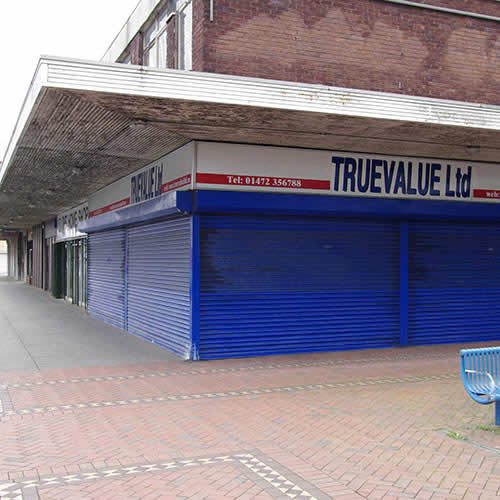Britain’s shop vacancy levels remained virtually unchanged in September, seeing a slight increase to from 12.3 per cent to 12.4 per cent compared with the previous month.
However, this was a 0.5 per cent drop on the same period a year ago.
The retail property market has continued to see a drop in activity, decreasing 26 per cent in September when compared with September 2015.
Matthew Hopkinson, director at the London Data Company, suggested that this could be a signal that “businesses have been hesitating when making investment decisions, both before the referendum and in the turbulent period since”.
The GB shopping vacancy rate fell 1.4 per cent to 13.4 per cent when compared with the same period last year. GB shopping centres saw the biggest drop across all location types for the fourth consecutive month.
The North-East saw the biggest fall in shopping vacancies, down 2.7 per cent. Wales was once again the only region to see rise in its vacancy rate, up 0.6 per cent in the past 12 months. This is the ninth consecutive month that Wales has seen an increase in 2016 so far.
Retail park vacancy dropped 0.7 per cent across the UK in September. The North-East saw the biggest improvement, falling 3.8 per cent over the past 12 months. Yorkshire and the Humber and Scotland were the only areas to see an increase in vacancy levels, rising 0.5 per cent and 0.9 per cent respectively.
In town centres, vacancy rates showed a year-on-year decrease of 0.5 per cent in September in comparison with 2015 to 10.8 per cent. Scotland was the only region to see an increase in its vacancy rate.
Persistent vacancy, units empty for three years or more, saw no percentage change in both Q2 and Q3 2016.
London and the south of England continued to enjoy the lowest levels of persistent vacancy, with 2.3 per cent of premises in Greater London vacant for more than three years. The North continued to have an oversupply of vacant units, with several towns ‘over-shopped’ with more units in relation to the population.
Mr Hopkinson added: “Vacancy has been falling gently, but consistently, since 2013, but the improvement has been on pause since May. Levels of activity in openings, closings, new-builds, demolitions and reuses have moderated. As it is, vacancy remains at a level more than twice as high as the pre-crash level in 2008.”


